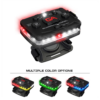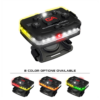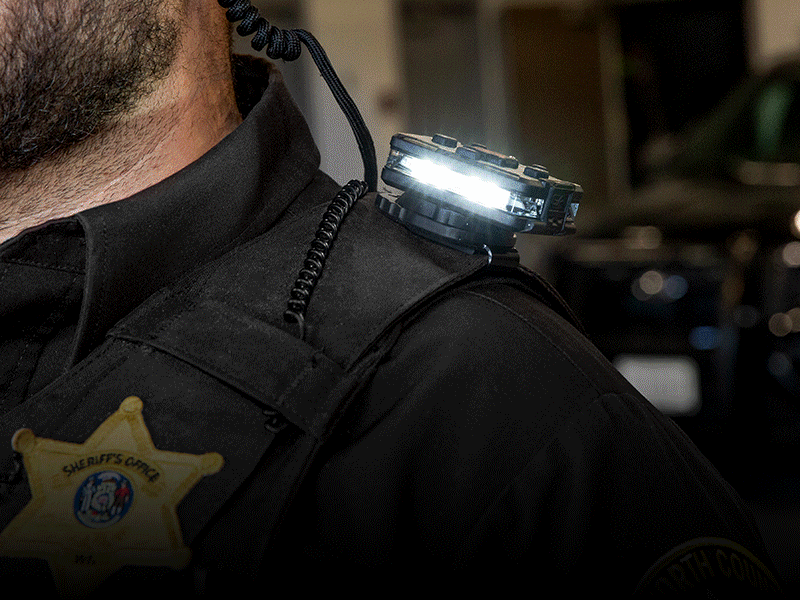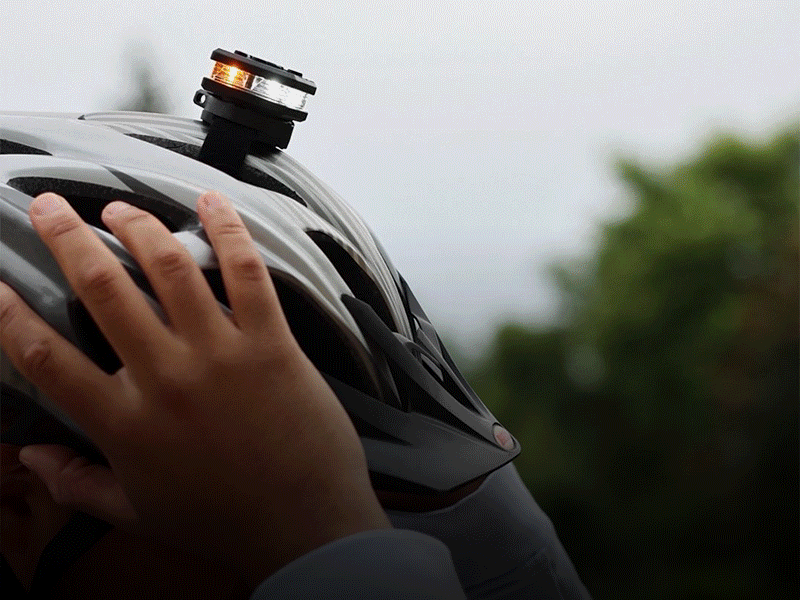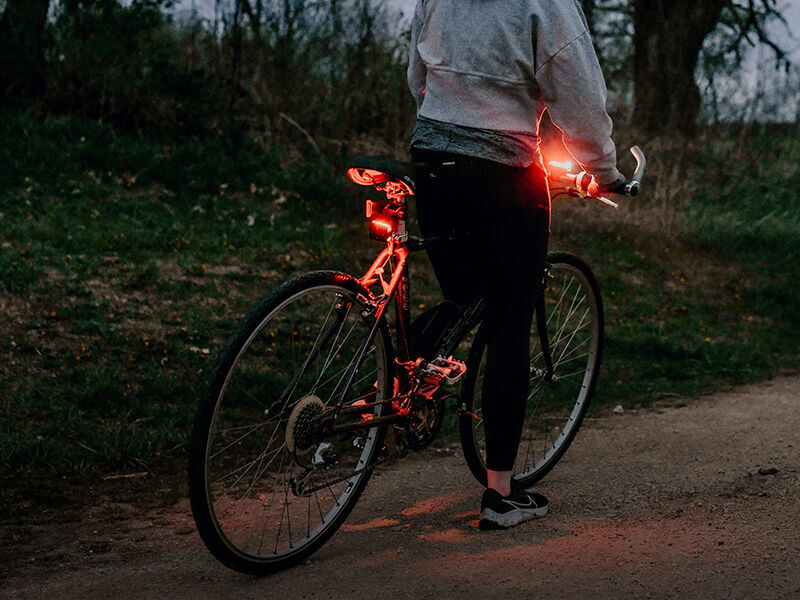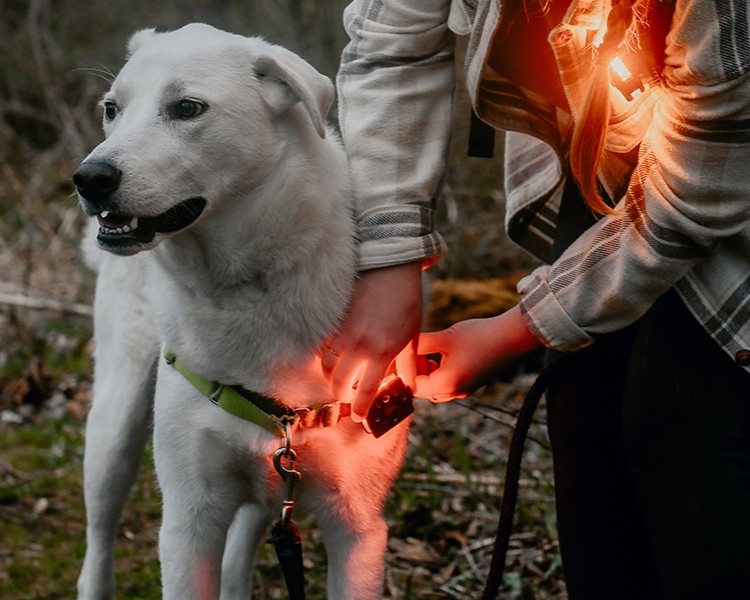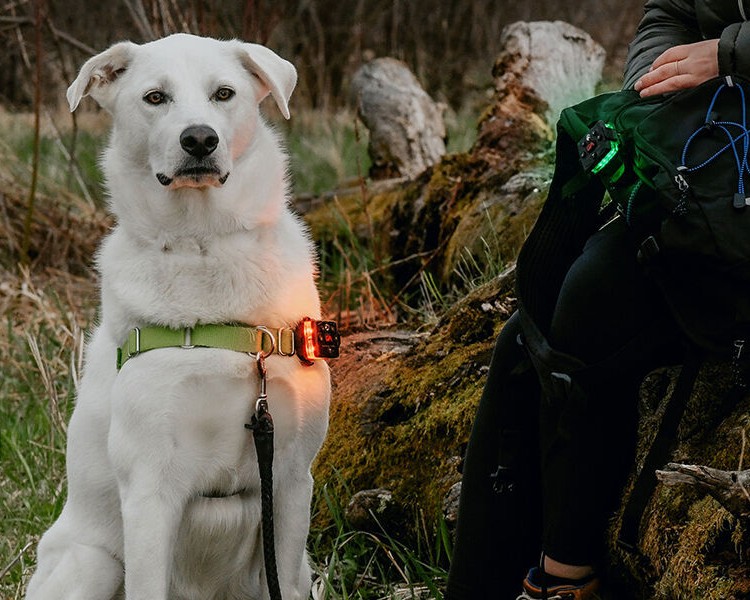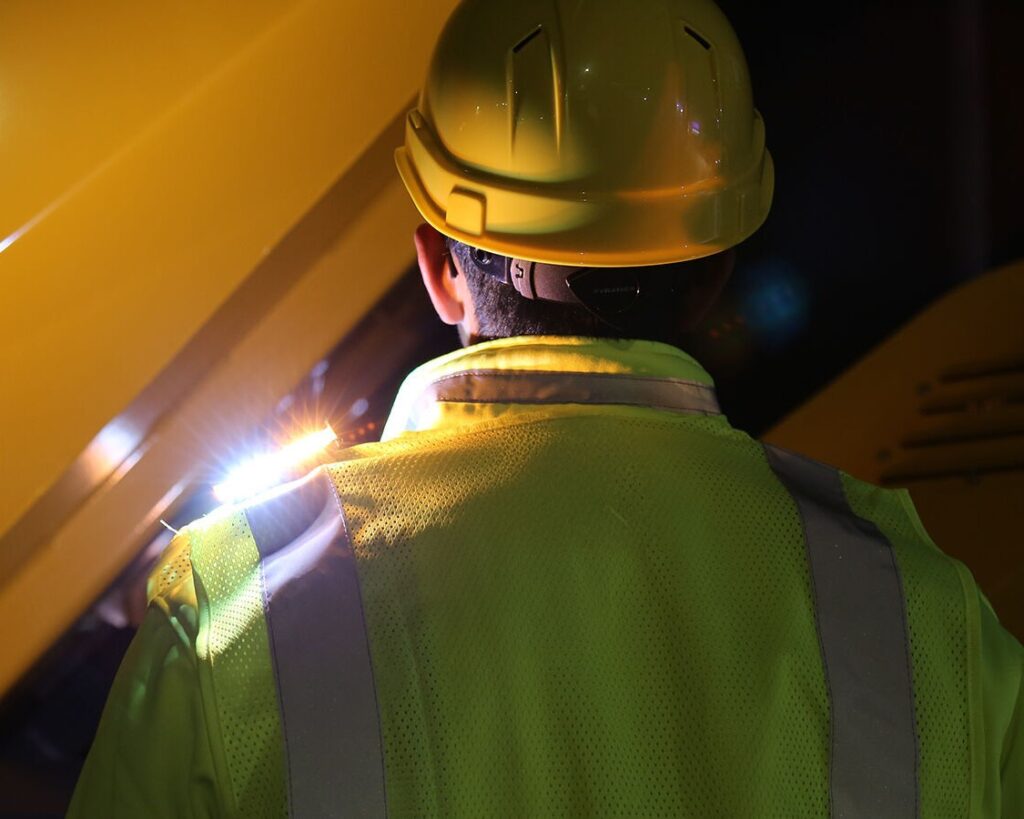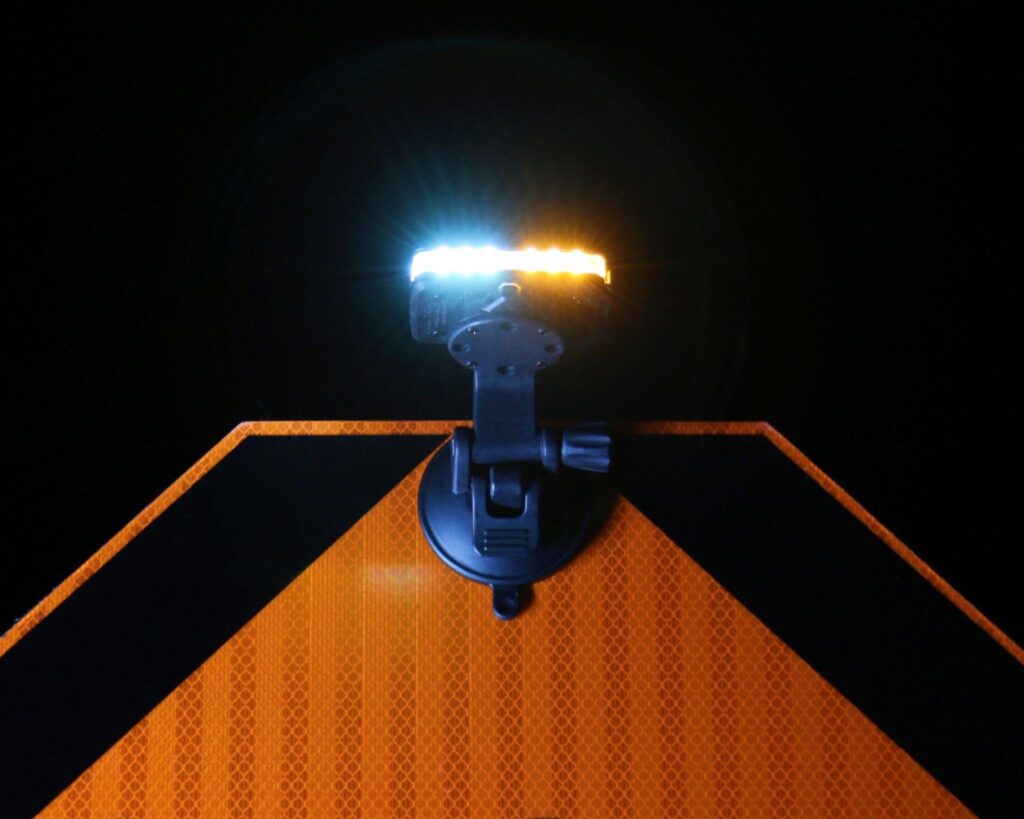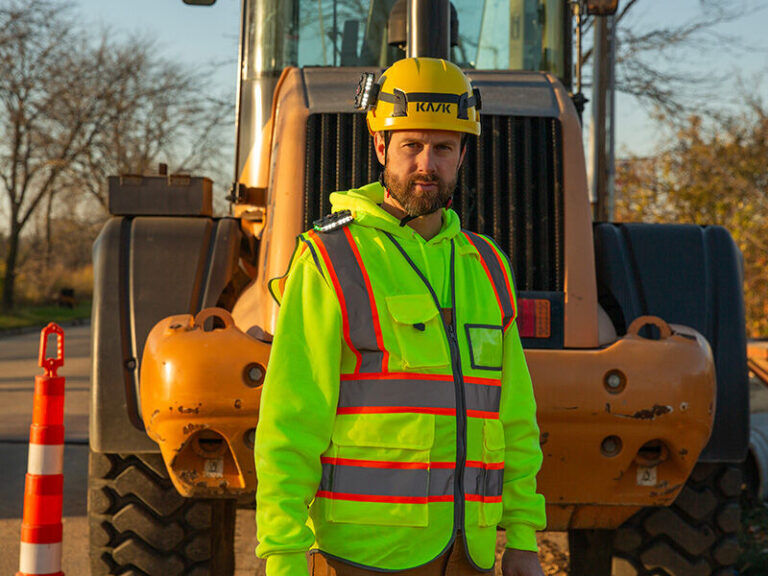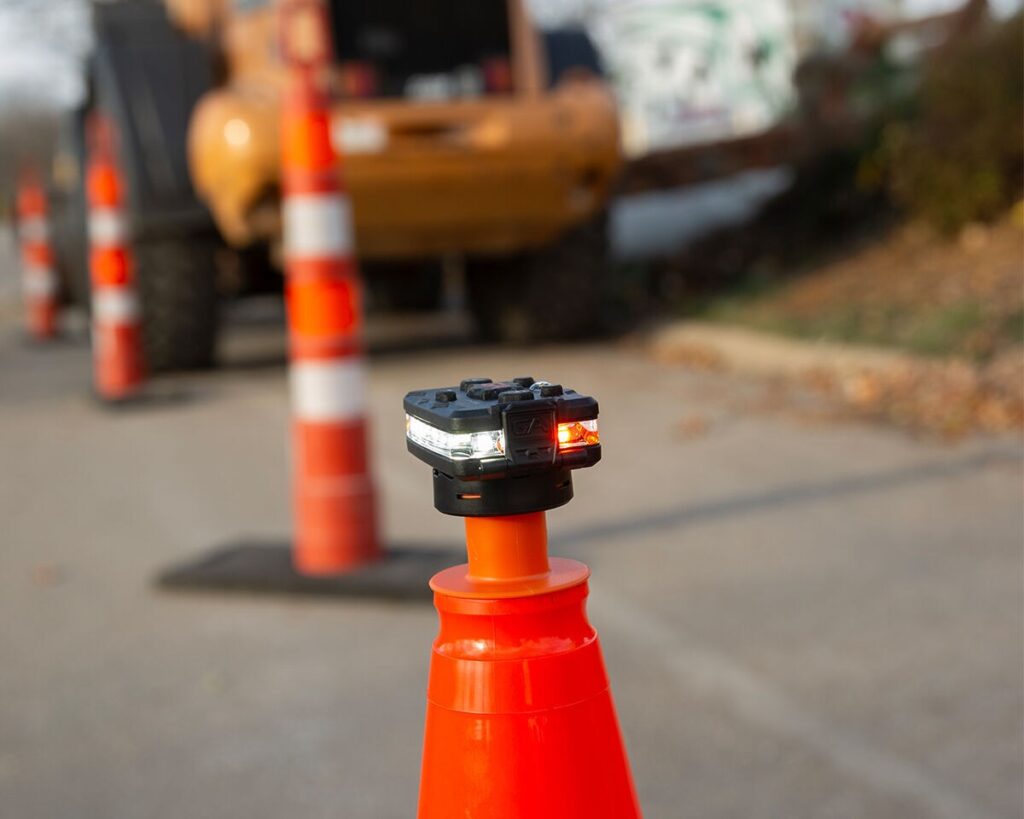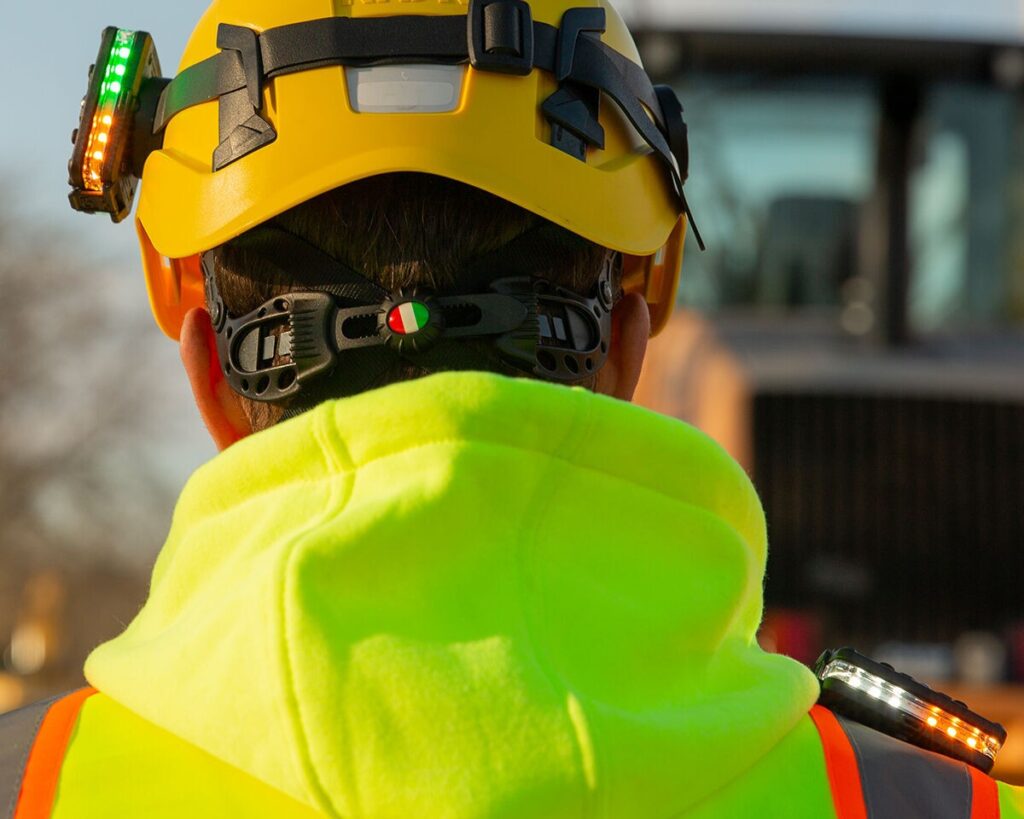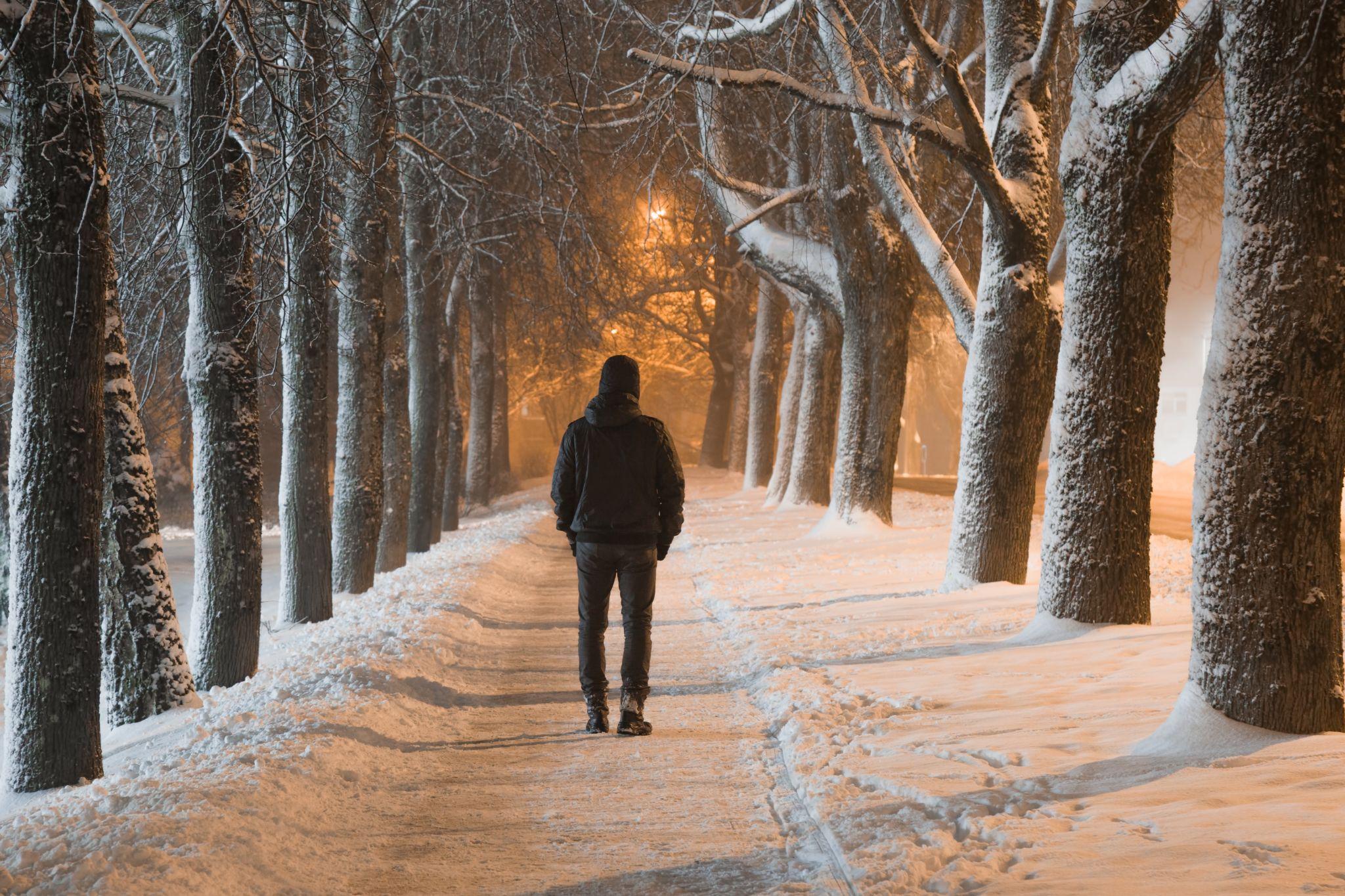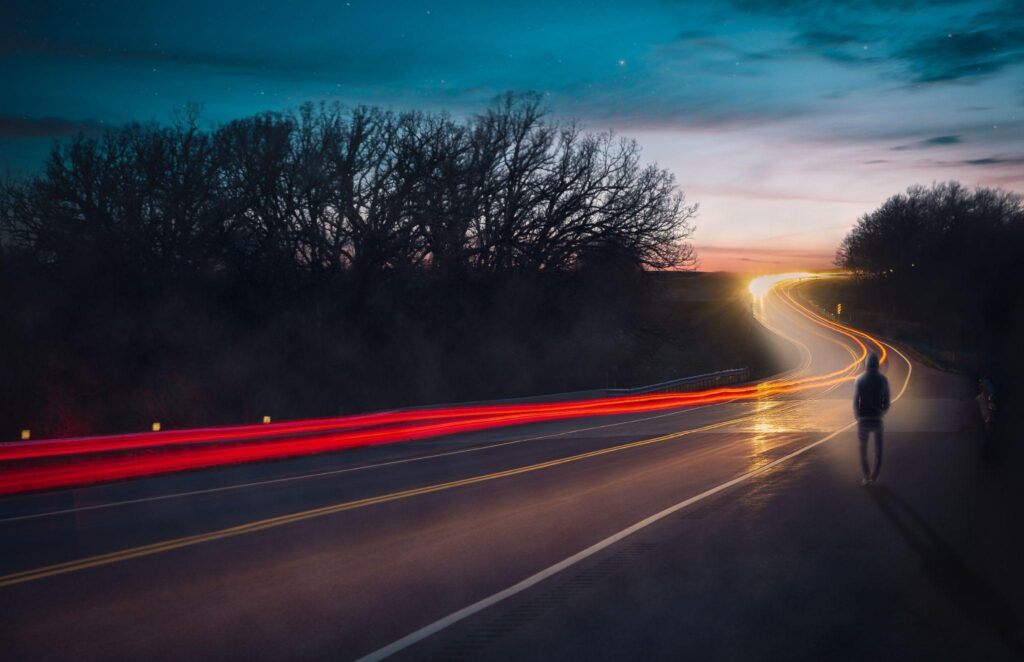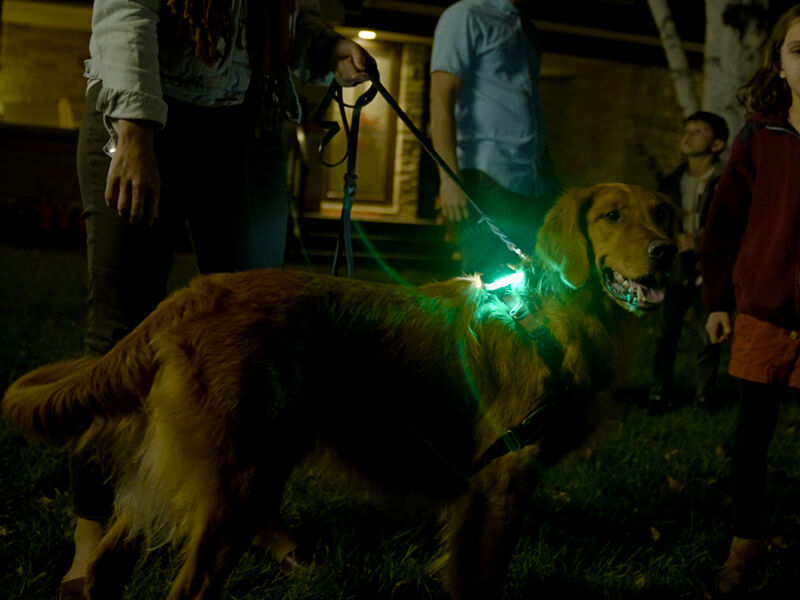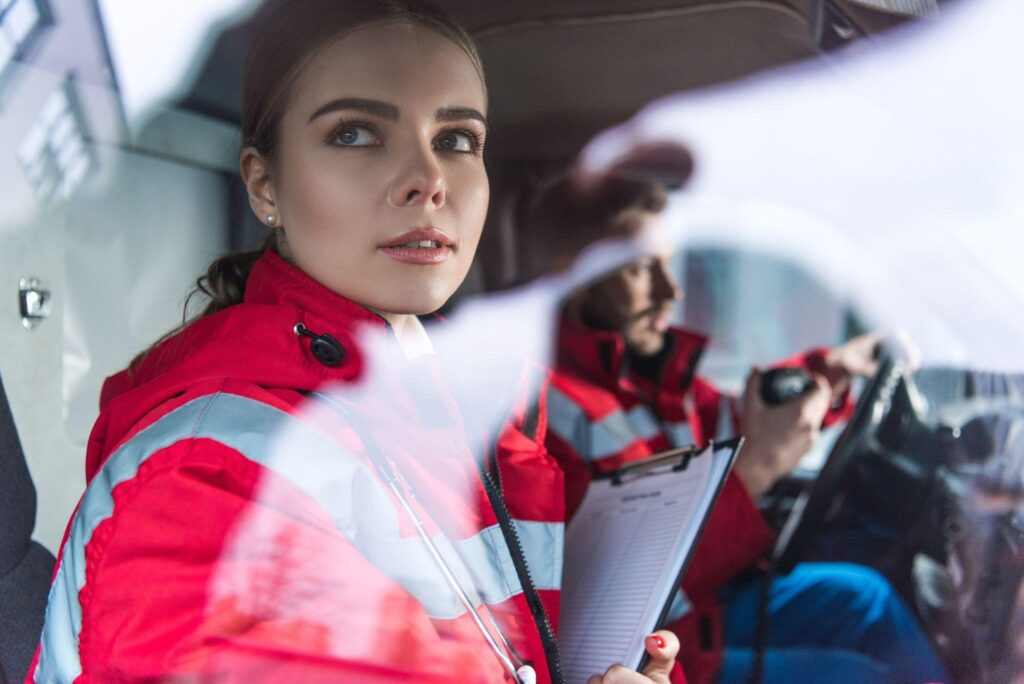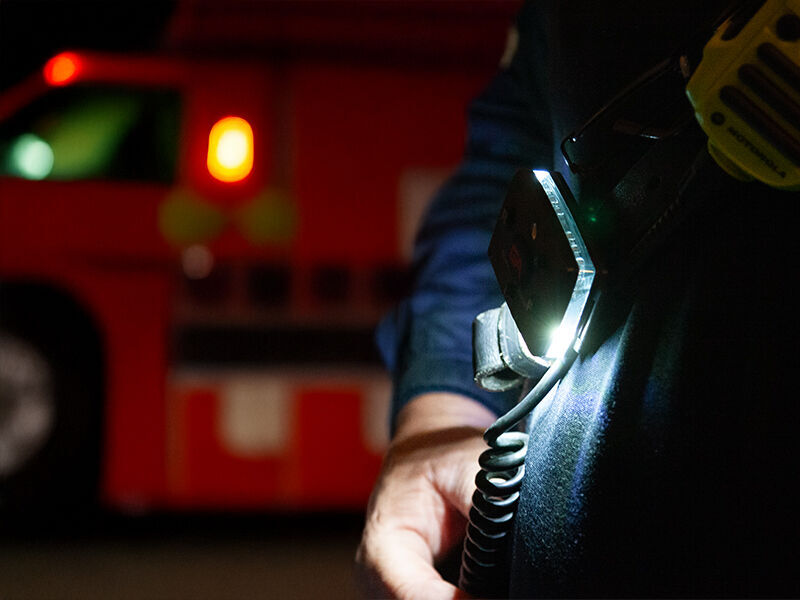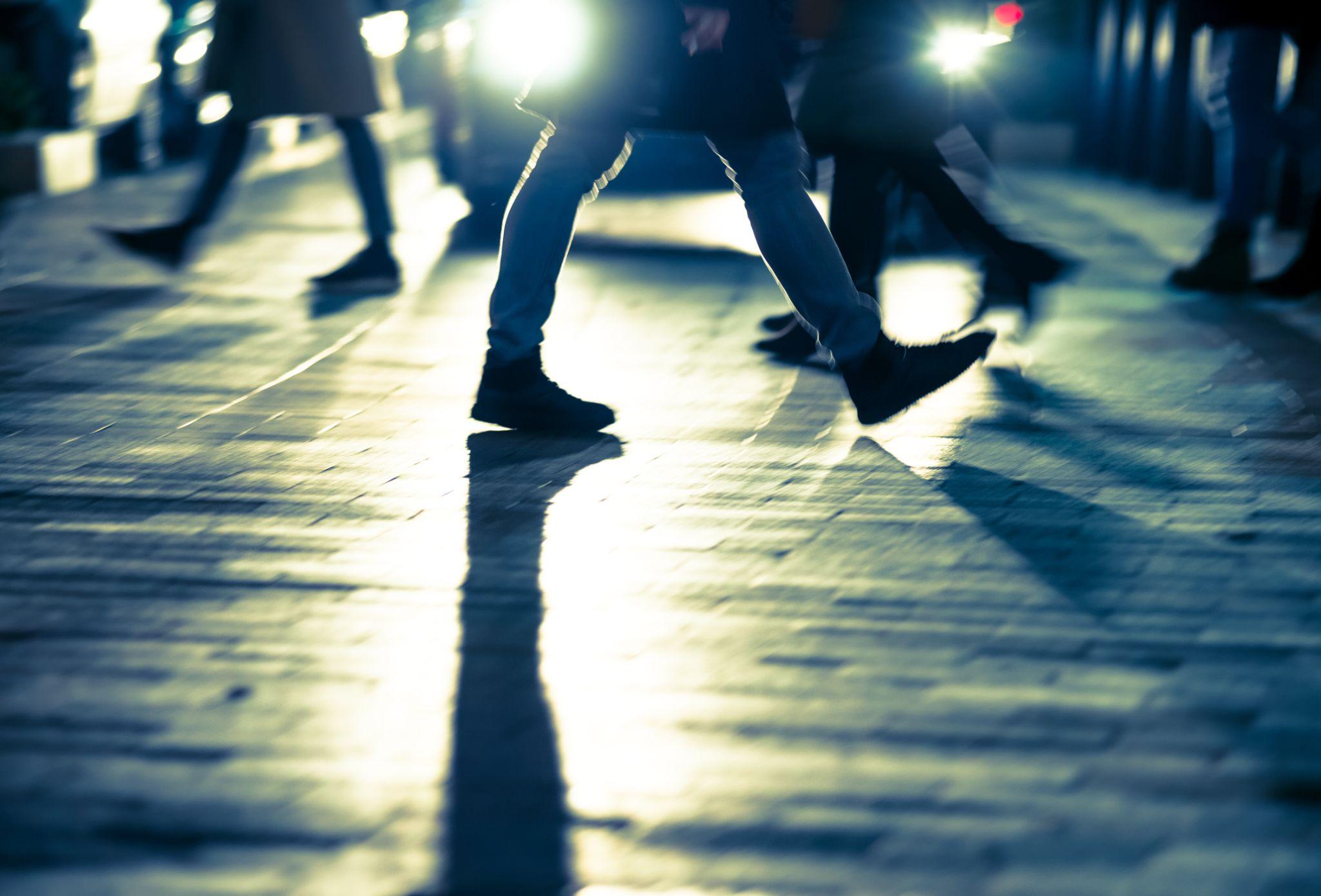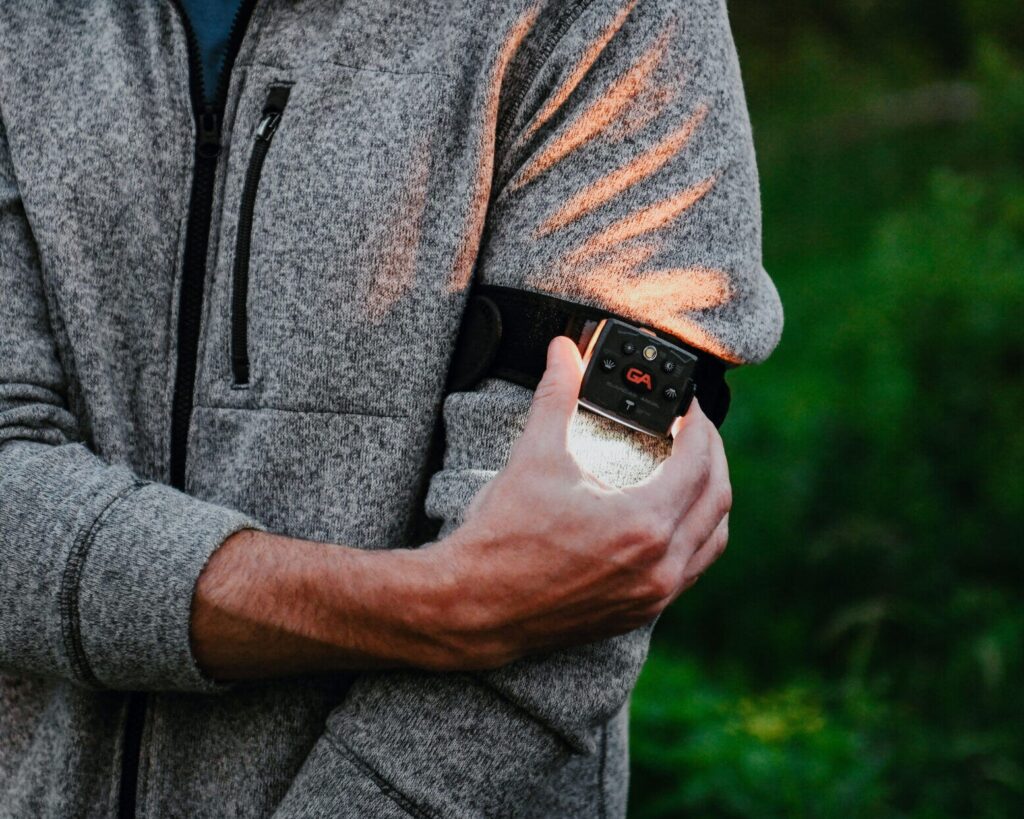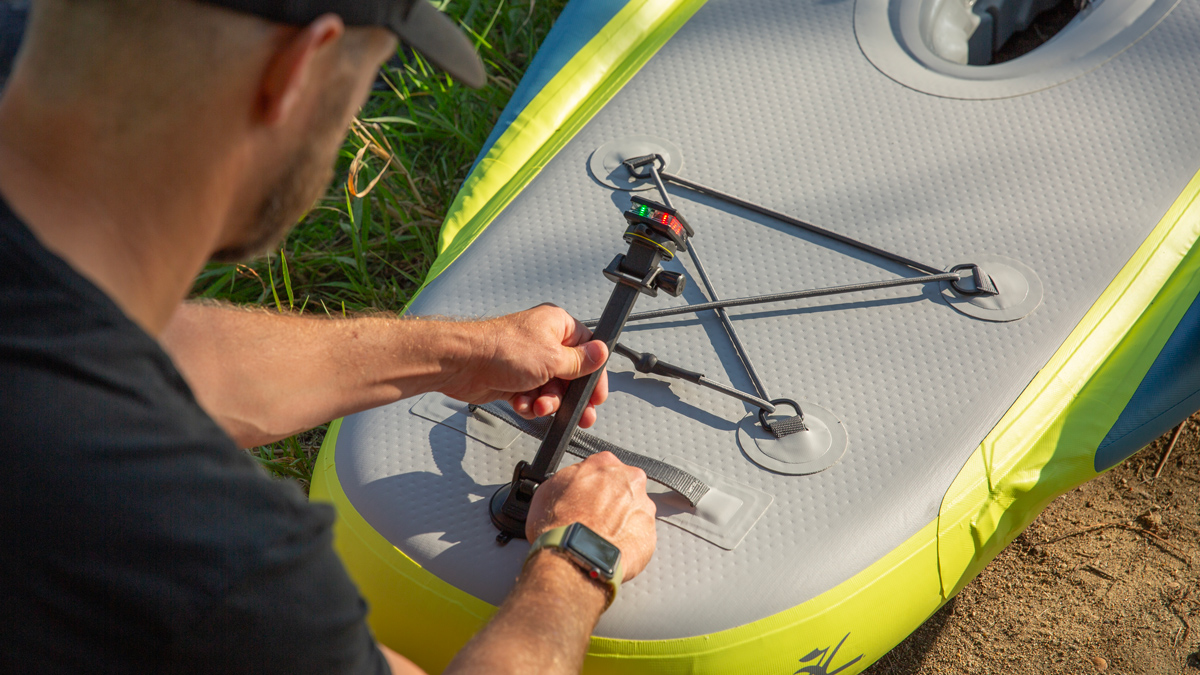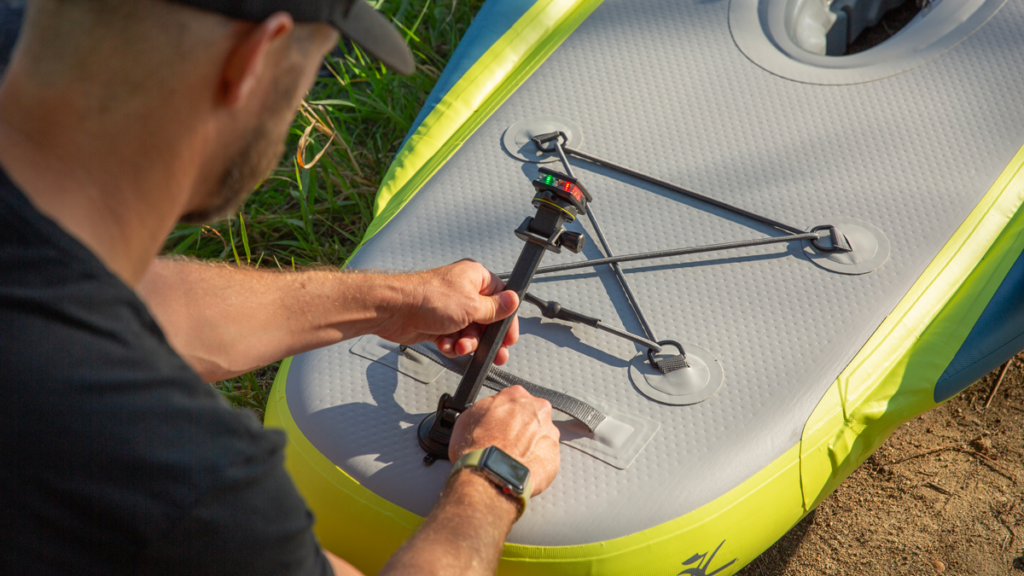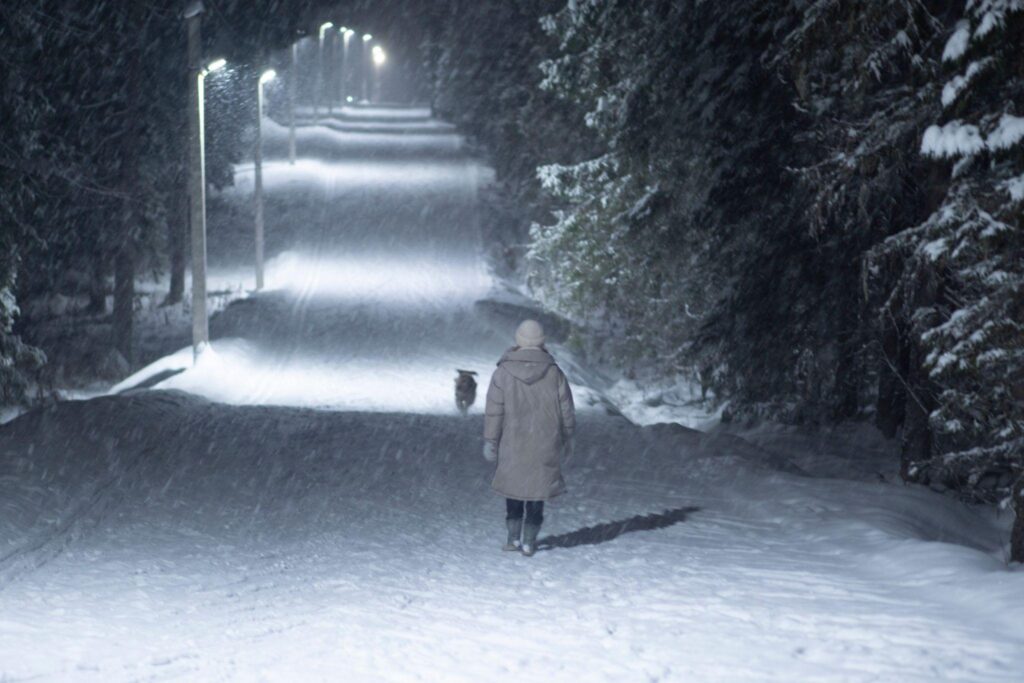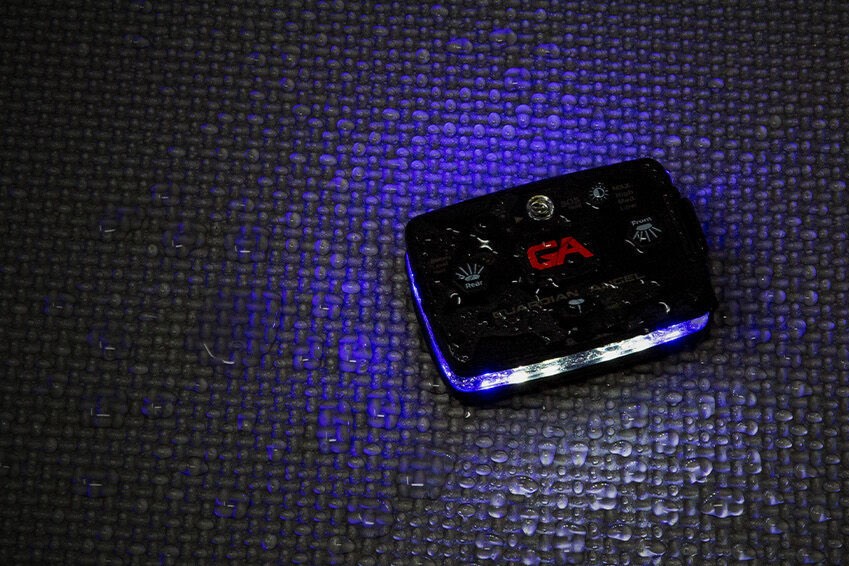How to Plan a Night Kayaking Adventure
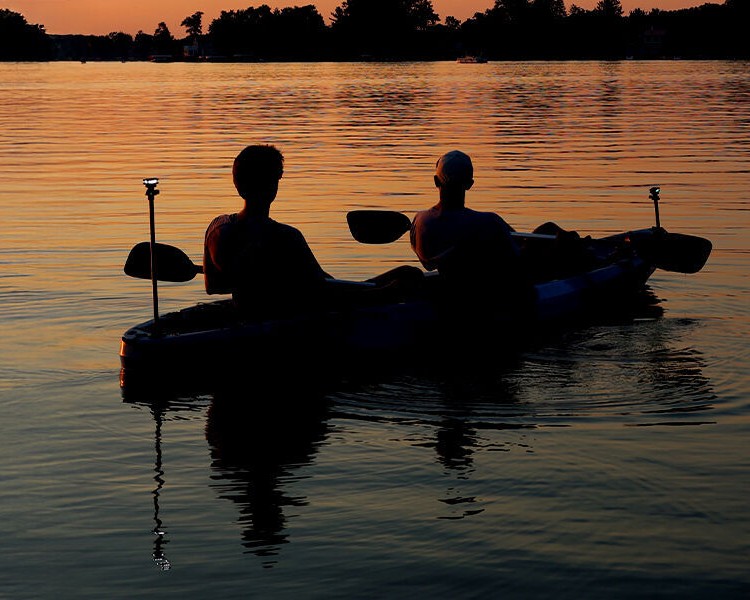
Going kayaking after dark offers a peaceful, potentially magical experience — but it also comes with increased risks. Unlike daytime paddling, night kayaking requires added planning, safety gear, and awareness. Here’s your step-by-step guide to planning a night kayaking trip that’s safe and rewarding.
Step 1: Choose the Right Location
Picking an appropriate location is one of the most important factors in planning a successful night paddle. Stick to a familiar body of water — preferably one you’ve paddled during the day. Rivers with slow-moving currents, small lakes, or calm bays are excellent options.
Avoid high-traffic boating zones, large bodies of open water, or areas with strong tides or unpredictable currents. The more predictable your paddling environment, the safer your trip will be. Bonus points if you find a launch area with a well-lit parking lot and easy shoreline access.
Step 2: Gather Essential Gear
Safety and visibility go hand-in-hand when kayaking at night. You’ll need to bring more than just your paddle and sense of adventure. Here’s what to bring kayaking:
- Personal flotation device (PFD): Choose one with reflective elements and make sure it fits snugly.
- Dry bags: Store extra clothes, your phone, and essentials in waterproof bags.
- Weather-appropriate clothing: Dress in moisture-wicking layers and bring a waterproof shell.
- Navigation and communication tools: Bring a waterproof map, compass, or GPS device, along with a fully charged phone or marine radio.
- First-aid kit: Include basic safety items as well as energy bars, waterproof matches, and a lighter.
- Drinking water and insect repellent: Staying hydrated and comfortable helps you stay alert and focused throughout your paddle.
Packing thoughtfully ensures you’re ready to handle unexpected conditions with confidence.
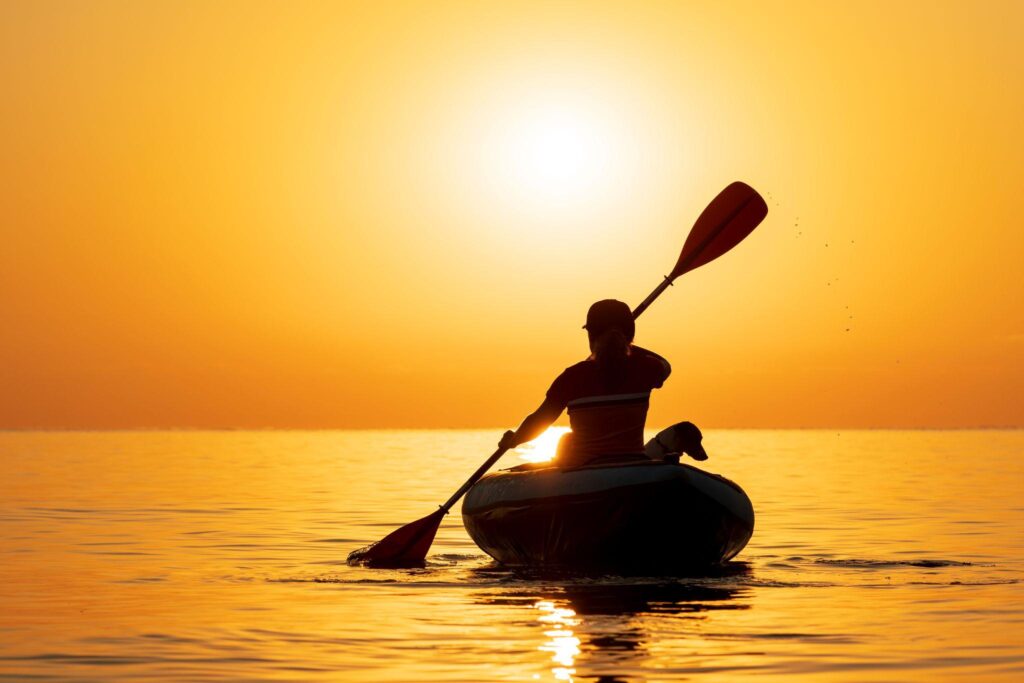
Step 3: Check the Weather and Tides
Always consult the weather forecast before heading out, as night paddling adds complexity to changing conditions. Look out for:
- Wind speed and direction: High winds make paddling harder and can push you off course.
- Precipitation and storms: Even light rain can affect visibility and make the trip uncomfortable, and like wind, precipitation can trigger choppy — and potentially unsafe — kayaking conditions.
- Temperature: Bring layers for after-dark temperature drops.
Check tide charts and current patterns if you’re kayaking in tidal areas. Darkness makes reading the water harder, and unexpected changes in flow or depth could turn into a risky situation.
Step 4: Plan Your Route
Don’t improvise your way through a night paddle. Map out your route ahead of time and keep it simple. Choose an out-and-back or circular path with a clear start and end point. For beginners, it’s best to remain close to inhabited land.
Keep in mind that the typical range for beginner kayakers is about 4-6 miles per day in good conditions. Most beginners can paddle comfortably for about 2-3 hours. But don’t overexert yourself — there’s nothing wrong with opting for a shorter trip, particularly if you’re new to paddling.
Avoid routes that involve complicated navigation, such as narrow channels. Identify backup landing zones in case the weather turns or you need to cut your trip short. Night paddling usually means a slower pace, so give yourself extra time for rest.
Any good kayak trip planner should account for how visibility changes after sunset. Use visible landmarks to keep your bearings, and review the route during the day if possible. A little preparation goes a long way toward preventing disorientation once the sun goes down.
Step 5: Inform Someone of Your Plans
Before you launch, let a trusted friend or family member know where you’ll be. Share:
- Your planned route and launch/return times
- Names of people in your group
- What to do if they don’t hear from you by a certain time
Leave a written float plan in your parked vehicle as an extra precaution. Even a short night kayak outing can become complicated, so let someone know where you’ll be.
Step 6: Paddle with a Buddy or Group
Whenever possible, avoid kayaking alone at night. Going with a group not only enhances safety but also improves visibility for each paddler. Stick together, establish visual check-ins, and assign a lead and sweep paddler to keep track of everyone. If you have paddlers of different experience levels, consider pairing stronger paddlers with less experienced ones for support and pacing.
If you’re new to night paddling, consider joining a guided group or kayaking club that hosts nighttime excursions. Whether you’re kayaking after dark for fun or training purposes, paddling with others increases your margin of safety.
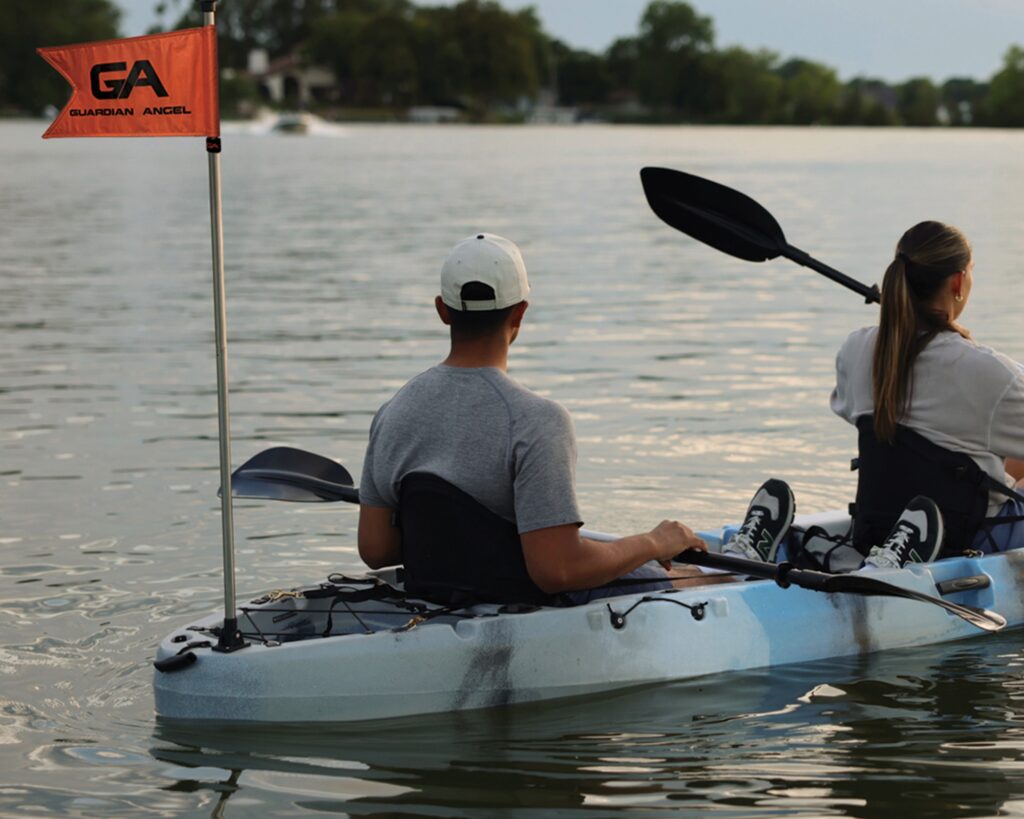
Step 7: Stay Visible and Navigate Safely
Visibility is your No. 1 defense in a low-light environment. Outfit yourself and your kayak with lighting that meets safety regulations and your real-world needs:
- 360° white light mounted on your stern
- Red/green navigation lights on your bow (such as the Micro Series™ red/green personal safety light)
- Wearable lights for personal illumination
- Reflective gear on your paddle, PFD, and clothing
If you want an all-in-one solution, the IP68-rated Guardian Angel Kayak Navigation Light Kit includes 18 high-powered LEDs, magnetic and tethered mounts, and an SOS flash mode. These devices make it easy to be seen from any angle — up to 2+ nautical miles away.
Step 8: Plan for Potential Challenges
Ideally, you should get some experience with daytime kayaking before attempting to hit the waters after dark — familiarity with your gear and basic navigation is important when visibility is limited. You should be ready for:
- Fatigue: Paddle conservatively and schedule breaks.
- Unexpected obstacles: Watch for floating debris, low-hanging branches, and changing currents.
- Disorientation: Double-check your heading often, especially in wide or unlit areas.
- Cold or wet conditions: Pack extra clothes and keep dry gear within reach.
Carry a whistle and a chemical hand warmer in your PFD for additional peace of mind.
Light the Way with Confidence
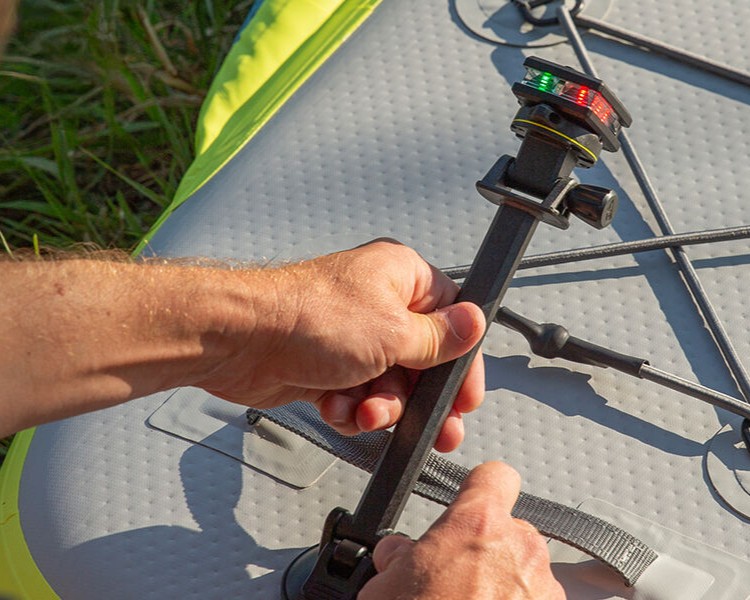
Having the right things to bring kayaking after dark — especially visibility tools — can make the difference between a disappointing paddle and an enjoyable, unforgettable experience.
To stay safe and be seen, use Guardian Angel wearable safety lights and dependable mounting accessories. Whether you’re paddling solo or with a group, our kayaking lights and mounts are built to perform in the toughest conditions — so you can paddle with confidence, even after the sun goes down.
